Enotria: The Last Song Review – Complex RPG with Performance Issues
924
2024 / 09 / 24
Legend of Mana is a classic Japanese action RPG series that has been around for 33 years. Although it often appears on the list of new releases, the last true sequel, apart from remakes and mobile games, was Legend of Mana #4 for the PS2 in 2006.
Three generations later, even with the arrival of the PS5, Legend of Mana #5 is nowhere to be found. However, the latest installment in the Mana series, Legend of Mana: VISIONS of MANA, is finally nearing its release date.
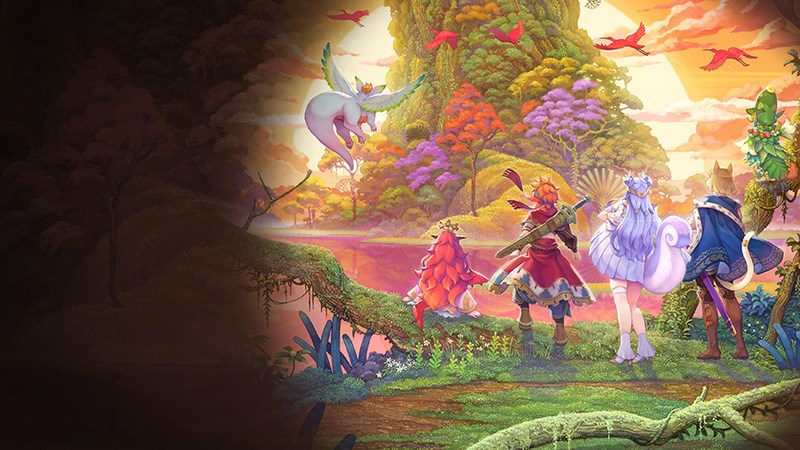
Interestingly, this new installment features not only familiar faces like Director Koichi Ishii and Composer Yoko Shimomura, but also a significant number of developers from NetEase's Sakura Studio, including directors Ryo Yoshida and Kenji Ozawa. Naturally, the opening staff list of the game includes many names from the domestic development team.
With a significantly revamped team and a development direction focused on returning to the series' roots, Legend of Mana: VISIONS of MANA faces the heavy burden of revitalizing the franchise.

The story features young men and women who meet by chance, an adventure guided by the “Mana” force, and themes centered around the “Holy Sword” and “Love.” The return to the series’ roots is perfectly reflected in the plot.
In the timeline of Legend of Mana: VISIONS of MANA, the Mana cycle requires the Holy Children to offer their souls. These children are chosen by the eight Mana Spirits from their respective villages, and each child embarks on a journey to the Mana Tree with the blessings of the villagers.
The protagonist, “Val,” a villager from the Fire Village, possesses the “Soul Keeper” ability, which can turn monsters into stone. His childhood friend, “Youna,” is also chosen to be a Holy Child, and the two, who have always had a deep connection, set off to gather the other seven Holy Children.
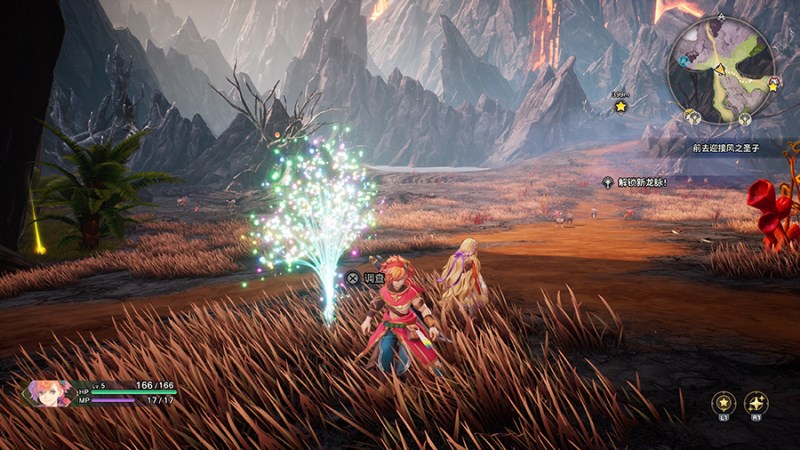
At this point in the story, it’s not hard to guess what will happen next. Although the plot includes a twist, questioning whether the Holy Children must be sacrificed for the Mana cycle, it's not a particularly fresh concept.
The companions encountered during the journey, while likable and fulfilling various character tropes—cute, cool, sexy—don’t offer many surprises either. For instance, there’s a character who initially resists becoming a Holy Child but is eventually swayed by the protagonist’s group, and an evil minister who tries to control the kingdom using monsters. On the positive side, the plot is steady and delivers a classic JRPG experience. However, on the downside, the story is so classic that it lacks the innovation needed to keep players engaged and motivated.
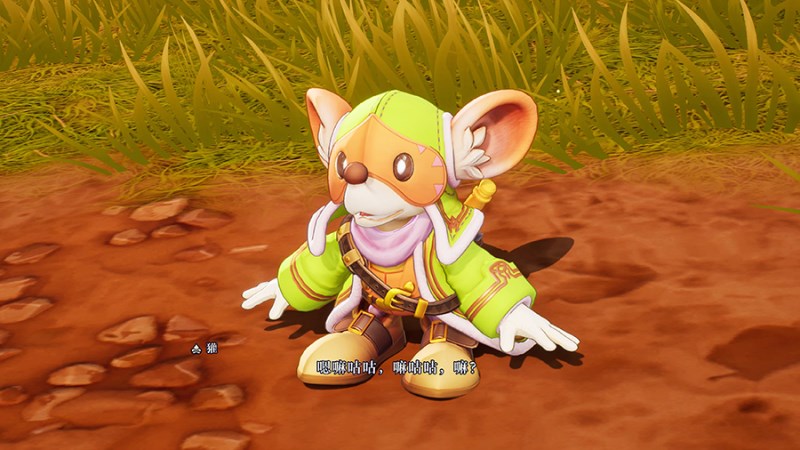
In terms of gameplay, Legend of Mana: VISIONS of MANA offers ample exploration elements. The game features numerous large, semi-open maps that combine natural scenery with magical elements. The art style and filters, reminiscent of Granblue Fantasy: Relink, successfully recreate the nostalgic Japanese fantasy atmosphere in 3D.
Treasure chests, challenges, and rare monsters are scattered throughout the environments, ensuring there’s always something to do during exploration. Completing these tasks rewards players with money, items, and skill soulstones, enhancing character strength and forming the core positive gameplay loop.
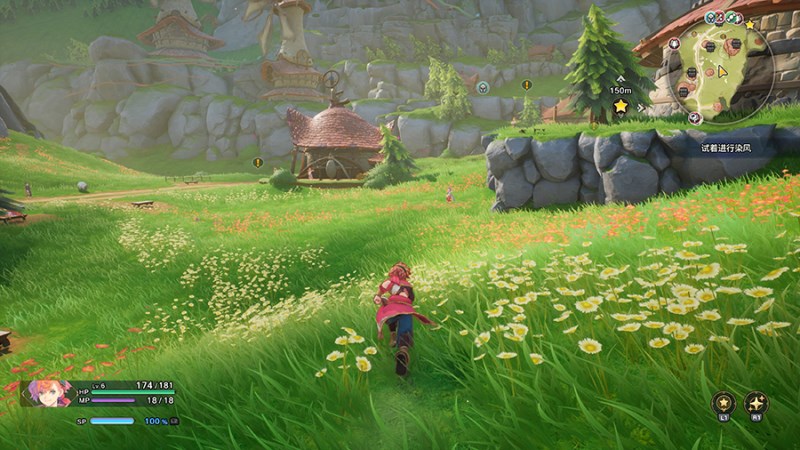
When players reach towns, side quests, soulstone exchanges, and elemental job changes further motivate them to explore the wild. As more elemental spirits are acquired, corresponding spirit stones can provide more skill points, and previously inaccessible areas can be crossed using different spirit tools, adding a simple puzzle-solving aspect to the game.
The exploration content is not particularly innovative but is quite rich, which may be seen as progress for this long-running series. However, the exploration mechanics contain some issues that negatively impact the experience.
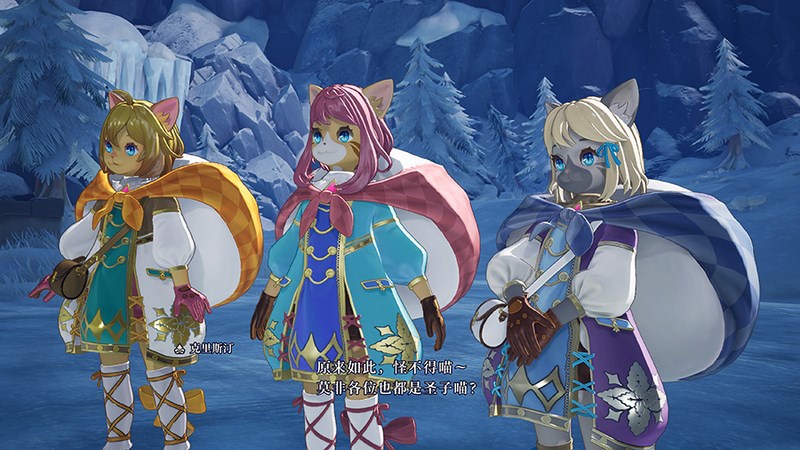
Firstly, after completing a battle, the game presents a results screen, which, while intended to enhance the flow, ironically forces players to wait 4-5 seconds before interacting with anything, such as opening the map or treasure chests. This waiting period contradicts the goal of improving gameplay fluidity.
Additionally, the game introduces mounts in the early and mid-game, which become essential for revisiting previous maps as side quests and spirit tools unlock.
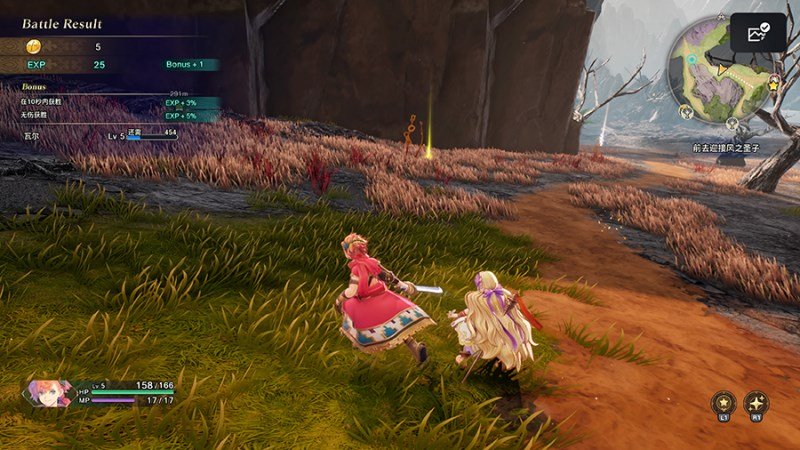
However, to emphasize the "ritual" of summoning a mount, the game requires a few seconds of animation to mount, and holding down the ride button for several seconds to dismount. This means that when encountering a target monster, players must stand still and hold a button, and after defeating the monster, they must wait through more animations to continue.
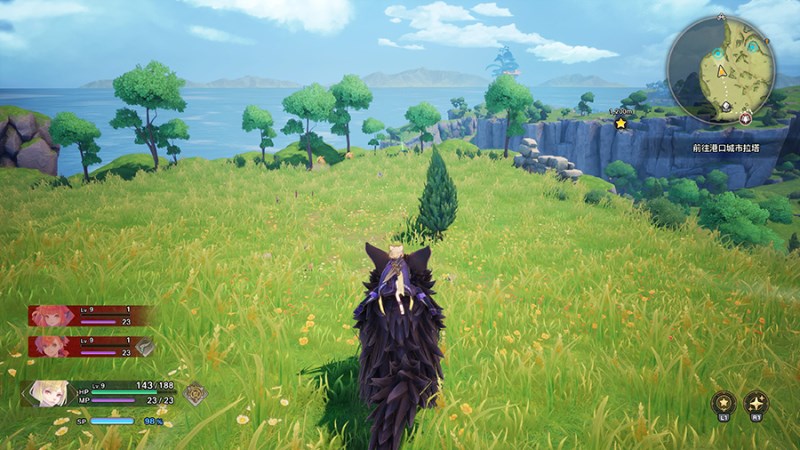
With so many enemy clusters in every scene, this frustrating experience occurs frequently, making walking feel faster than using a mount at times.
The combat system in Legend of Mana: VISIONS of MANA has its pros and cons, all revolving around the "Spirit Tools" element.
On the positive side, the game’s eight Spirit Tools correspond to each character’s eight classes. For example, the protagonist starts with the Wind Spirit Tool, which allows him to be a “Runic Knight” wielding a greatsword and casting attack-boosting spells. Later, the Moon Spirit Tool enables him to switch to a “Holy Shield” class, which uses a shield for attacks and defensive skills.
Each class offers unique weapons and abilities, and the seven controllable characters have different job options, reflecting their distinct roles. This variety allows players to adjust their team based on the situation, ensuring that no character is left unused.
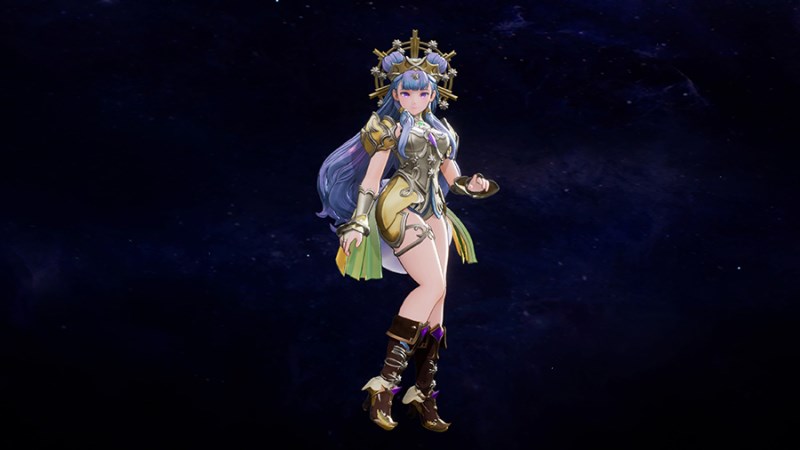
The elemental panel further enhances the job-switching system. Once players unlock a skill slot for a specific element, they retain that skill even after changing classes. For instance, if the protagonist uses the “Holy Shield” class, he can combine taunting and defensive skills with Wind-based enchantments and Fire-based shields, creating a personalized build. This flexibility is one of the game’s most enjoyable features.
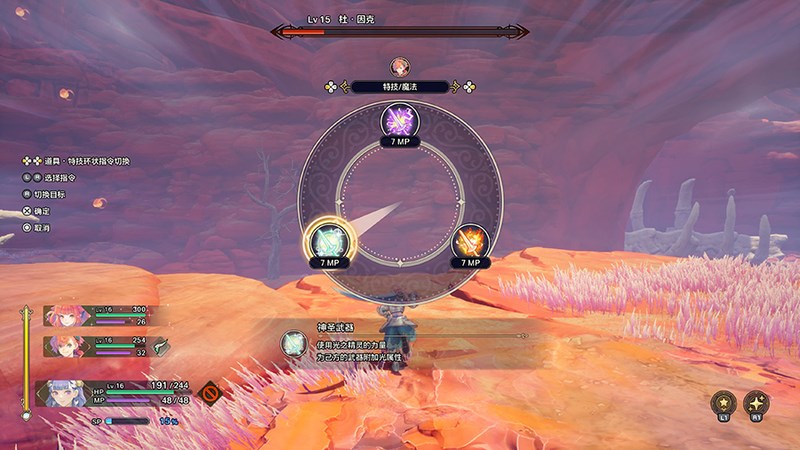
However, the downside lies in the combat mechanics themselves. The attacks feel "soft," with little sense of impact, whether swinging a greatsword or dual-wielding blades. The lack of feedback from enemies makes it hard to tell if an attack has landed.
Although Legend of Mana is not a hardcore action game, and the action elements mainly serve the RPG mechanics, the poor combat feel is frustrating. The inability to cancel attacks with dodges often leads to characters taking consecutive hits and dying quickly.
Moreover, the AI-controlled teammates are particularly problematic. Sometimes, while the player is still fighting enemies, the healer will suddenly be down with zero health. Even when instructed to cast a healing spell, the healer might start casting directly in front of a monster, only to be interrupted immediately, and adjusting AI tactics has little effect.
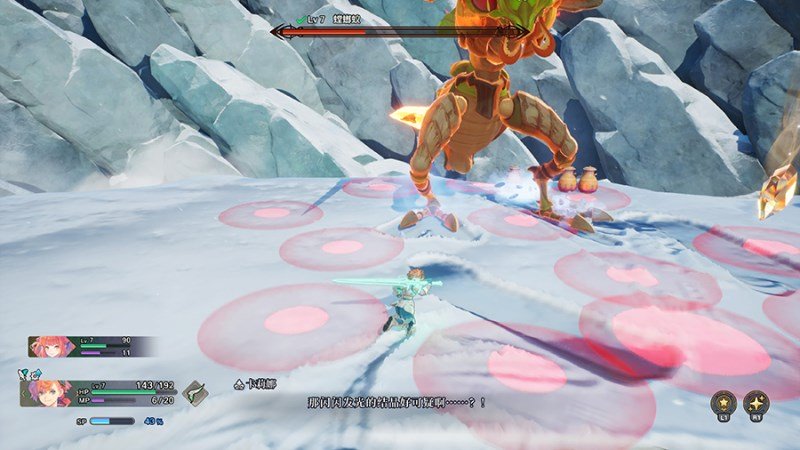
Although the game’s combat is not difficult, even in boss battles, the frequent interruptions and sudden deaths are the main causes of frustration.
Is there a way to avoid these issues? Yes, through Spirit Tools. Initially, I played in a traditional JRPG style, using combo attacks and support magic. But by mid-game, I realized that using Spirit Tools could deal three to four times more damage from a distance, making them the most effective option. This led to a repetitive playstyle where I ignored all weapon attack combos and skills, relying solely on Spirit Tools. This not only reduced the game’s difficulty but also diminished the enjoyment of the job-switching system.
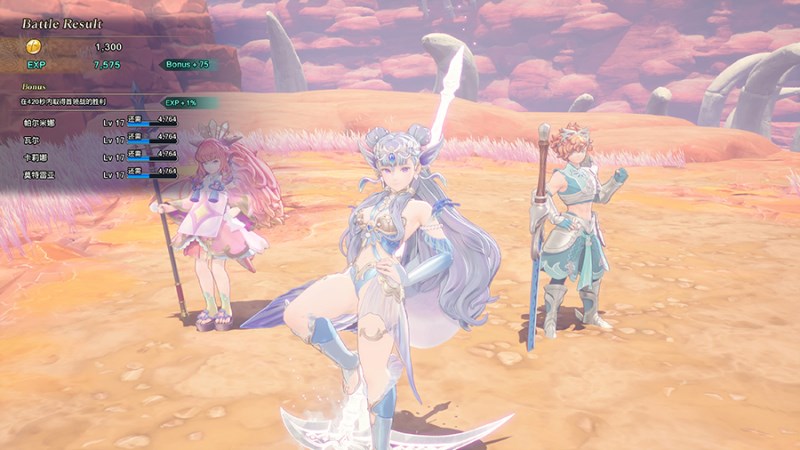
As the first mainline installment in 17 years, Legend of Mana: VISIONS of MANA showcases a classic story and Japanese fantasy style, capturing the charm of old-school JRPGs with modern technology.
However, from a gameplay perspective, its strengths are average, while its weaknesses are glaring. The content-rich, semi-open-world exploration and customizable Spirit Tool job system are interesting but lack novelty.
Issues like the slow-paced exploration, cumbersome UI, poor combat feel, and less-than-smart AI teammates significantly detract from the experience.
Fortunately, these problems seem fixable with patches. Hopefully, NetEase Sakura Studio will eventually deliver a more polished Legend of Mana experience.
Score: 7.0
Pros:
Excellent Japanese fantasy art style
Content-rich exploration elements
Engaging job-switching and skill-building mechanics
Cons:
Uninspired classic storyline
Slow-paced exploration sequences
Weak combat feel
Less intelligent AI teammates
